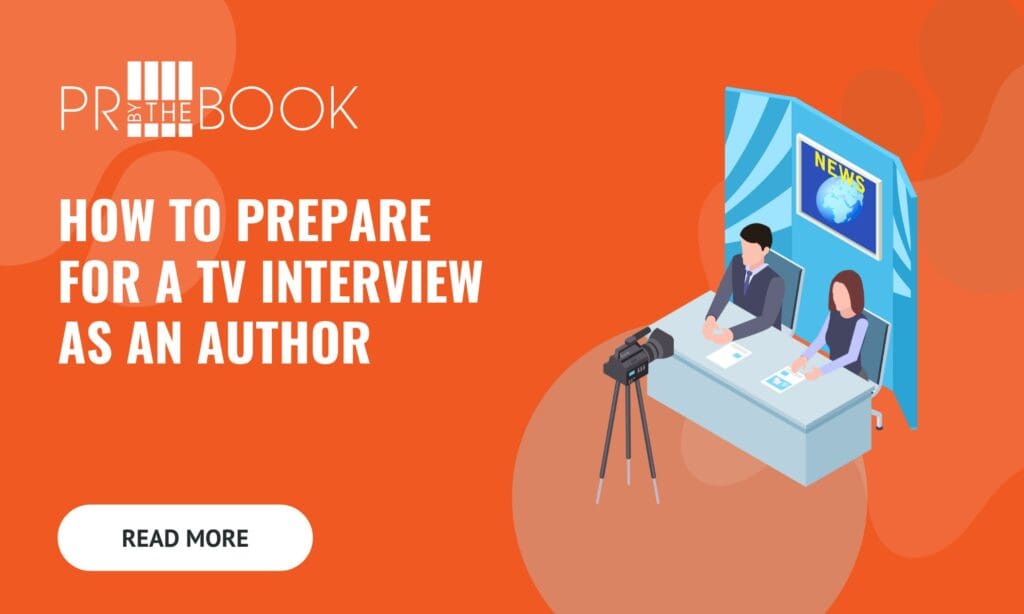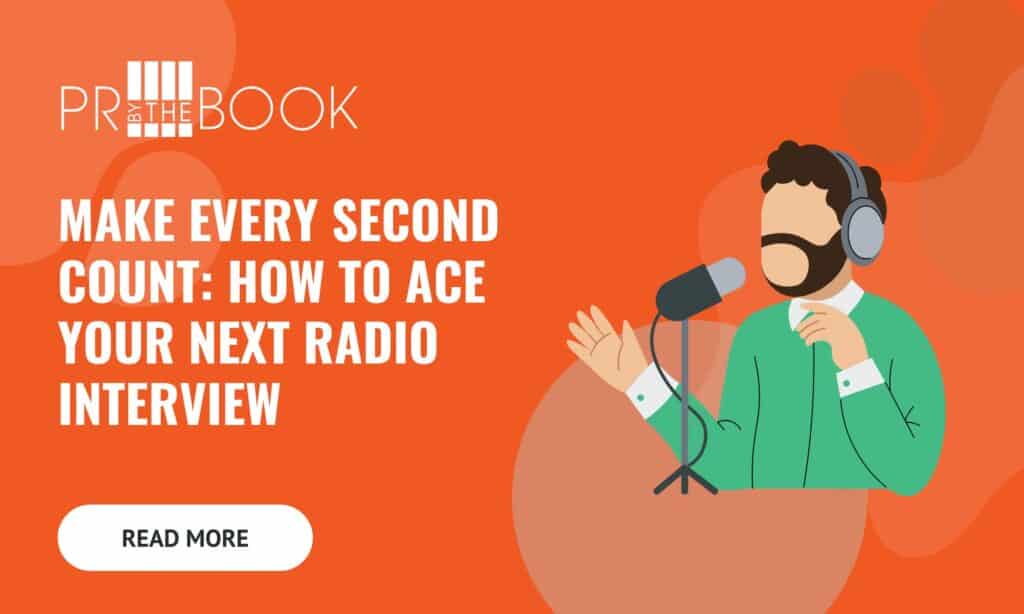
Get Swept Away this Fall at the Texas Book Festival 2025
Get Swept Away this Fall at the Texas Book Festival

Get Swept Away this Fall at the Texas Book Festival

How to Prepare for a TV Interview as an Author

Make Every Second Count: How to Ace Your Next Radio